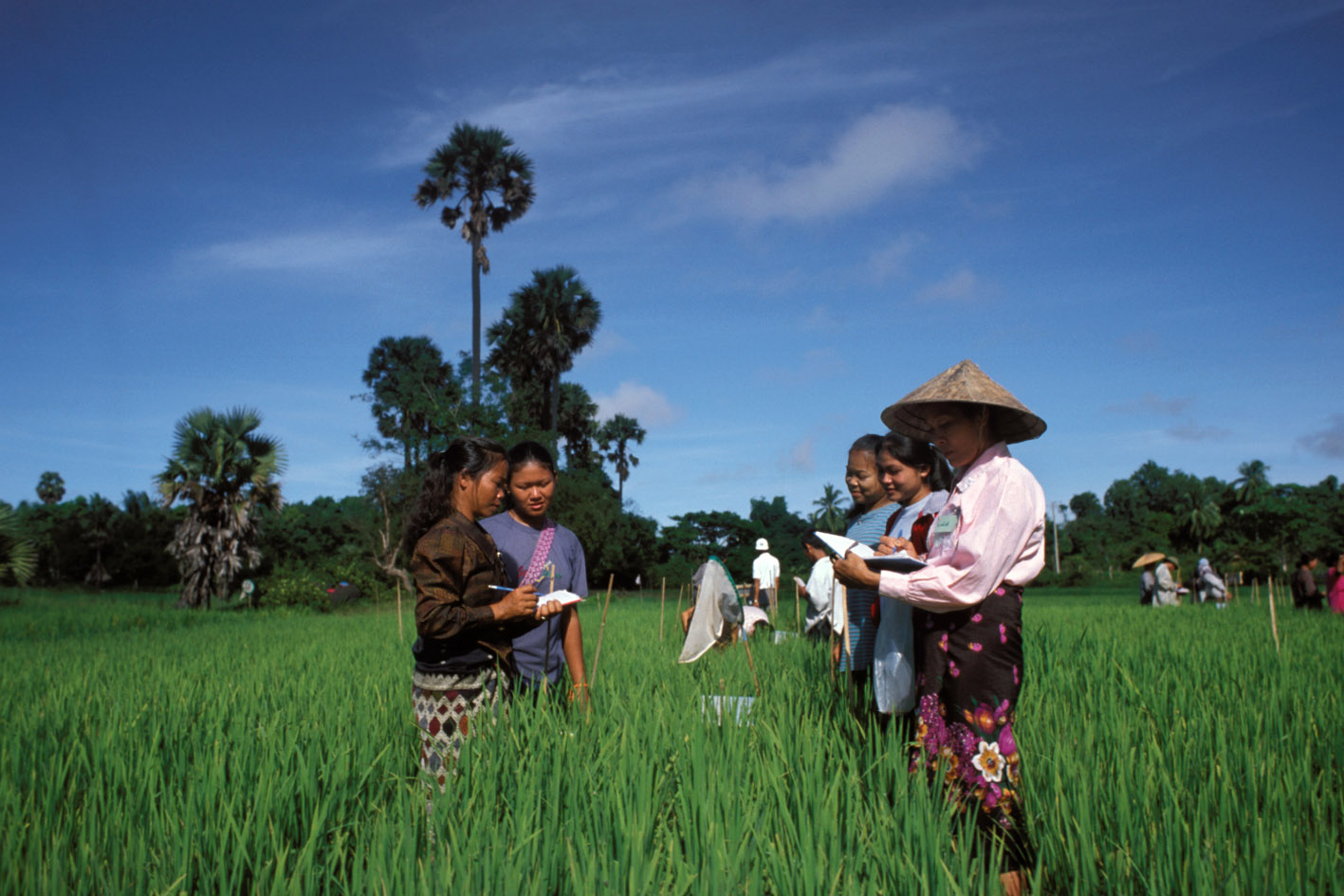Impact Evaluation of the Integrated Agricultural Productivity Project - Endline Survey, 2015
Bangladesh, 2015
Get MicrodataIdentification
BGD_2015_IAPPIE-EL_v01_EN_M_v01_A_OCS
Impact Evaluation of the Integrated Agricultural Productivity Project - Endline Survey, 2015
| Name | Country code |
|---|---|
| Bangladesh | BGD |
Other Household Survey [hh/oth]
This is the endline survey of IAPP project conducted in Bangladesh.The baseline survey was conducted in 2012. Round 1 of the midline survey was conducted in 2013, followed by round 2 of the midline survey in 2014.
Over the last two decades, Bangladesh has achieved impressive growth and poverty reduction. Its agricultural sector grew at a rate of 4.8 percent between 1990 and 2005. But poverty-related food insecurity is widespread, bolstered by the soaring prices of key staples. The country has a poverty rate of over 30% and the highest incidence of malnutrition of all countries: in 2008, Bangladesh’s food insecure population was estimated at 65.3 million. The Government of Bangladesh is pushing for increased use of technology and more intensive agricultural practices to improve food security and sustain economic growth. To that end, Integrated Agricultural Productivity Project (IAPP) sponsors research to develop improved crop varieties and to promote adoption of improved varieties and production practices through the farmer field schools approach (FFS).
The IAPP project is designed to improve the income and livelihoods of crop, fish, and livestock farmers in Bangladesh. It consists of four separate components:
Component 1: Technology Generation and Adaptation;
Component 2: Technology Adoption;
Component 3: Water Management;
Component 4: Project Management.
The Impact Evaluation (IE) of the IAPP project will contribute to understanding the drivers of technology adoption through two lenses. First, the overall project approach will be evaluated using a randomized phase-in of project villages (referred to as the “Overall Project Evaluation”). The Overall Project Evaluation will measure the effects of Components 2 and 3 of IAPP. All sub-components will be measured, with special focus on the crops and fisheries sub-components. Second, innovations will be tested through a randomized control trial to understand what approach to demonstration plots can deliver higher results (referred to as the “Demonstration Plot Evaluation”). The Demonstration Plot Evaluation is designed to test a fundamental question about technology adoption: to what extent can “learning by doing” increase technology adoption over “learning by observing”? It will compare the relative effectiveness of single demonstration plots (the standard approach) to more distributed demonstration strategies which allow more people to experiment with new technology. The Demonstration Plot Evaluation will focus on the crops sub-component.
Sample survey data [ssd]
Households
Scope
The scope of the Impact Evaluation of the Integrated Agricultural Productivity Project includes:
HOUSEHOLD
-Household Roster
-Education
-Labor
-Housing
-Social Networks
-Assets, Income and Expenditures
-Savings and Access to Finance
-Household Gardens
-Food Security
-Risk and Ambiguity Aversion
-Formal Insurance and Negative Shocks
AGRICULTURE
-Access to Extension and Other Trainings
-Farmer Groups
-Production
-Labor for Basic Agricultural Activities
-Irrigation
-Inputs
-Technologies
Coverage
Regional Coverage
Producers and sponsors
| Name | Affiliation |
|---|---|
| Florence Kondylis | DIME, Development Research Group, World Bank |
| Maria Jones | DIME, Development Research Group, World Bank |
| Daniel Stein | DIME, Development Research Group, World Bank |
| Name | Role |
|---|---|
| The Global Agriculture and Food Security Program | Grant provider |
Sampling
The IAPP endline survey was implemented in Rangpur and Barisal districts only. However, the Baseline Household Survey was implemented in all eight project districts: Rangpur, Kurigram, Nilfamari, and Lalmonirhat districts in the North and Barisal, Patuakhali, Barguna, and Jhalokathi districts in the South.
IAPP interventions are based at the level of the farmer group. Eligibility was determined by IAPP targeting criteria, prioritizing crop farmers with marginal or small landholdings, and fishermen with access to ponds between 15-50 decimals. After sampling, the IAPP teams reached out to sampled farmers and attempted to involve them in IAPP groups. However, very few sampled farmers ended up joining livestock groups.
For the endline survey, the household sample was increased to reflect the project team's request for additional data on fisheries and livestock. The fisheries treatment sample at endline consists of 73 households, from the districts of Rangpur, Barisal, Kurigram, and Lalmonirhat. Out of the 73 households, 45 are sampled in baseline. The livestock treatment sample at endline consists of 298 households. These households were not sampled in the baseline round.
The extra samples for fisheries and livestock can be found in data files.
To read about sampling strategy in baseline survey, please refer to the document: iapp_baseline_report_final_with_appendices.pdf provided under the Related Materials tab.
Data collection
| Start | End |
|---|---|
| 2015-10-01 | 2015-11-01 |
Data Access
| Is signing of a confidentiality declaration required? | Confidentiality declaration text |
|---|---|
| yes | See https://microdata.worldbank.org/index.php/terms-of-use |
Use of the dataset must be acknowledged using a citation which would include:
- the Identification of the Primary Investigator
- the title of the survey (including country, acronym and year of implementation)
- the survey reference number
- the source and date of download
Example:
Kondylis, Florence., Maria Jones.,Daniel Stein. DIME, Development Research Group, World Bank. Impact Evaluation of the Integrated Agricultural Productivity Project 2015, Endline Household Survey (IAPPIE-EL 2015). Ref: BGD_2015_IAPPIE-EL_v01_M. Downloaded from [URL] on [date]
Disclaimer and copyrights
The user of the data acknowledges that the original collector of the data, the authorized distributor of the data, and the relevant funding agency bear no responsibility for use of the data or for interpretations or inferences based upon such uses.
Contacts
| Name | Affiliation | |
|---|---|---|
| Microdata Library | The World Bank | http://microdata.worldbank.org/ |
Metadata production
DDI_BGD_2015_IAPPIE-EL_v01_EN_M_v01_A_OCS_FAO
| Name | Affiliation | Role |
|---|---|---|
| Office of Chief Statistician | Food and Agriculture Organization | Metadata adapted for FAM |
| Development Economics Data Group | World Bank | Documentation of the DDI |
Metadata version
BGD_2015_IAPPIE-EL_v01_EN_M_v01_A_OCS_v01
